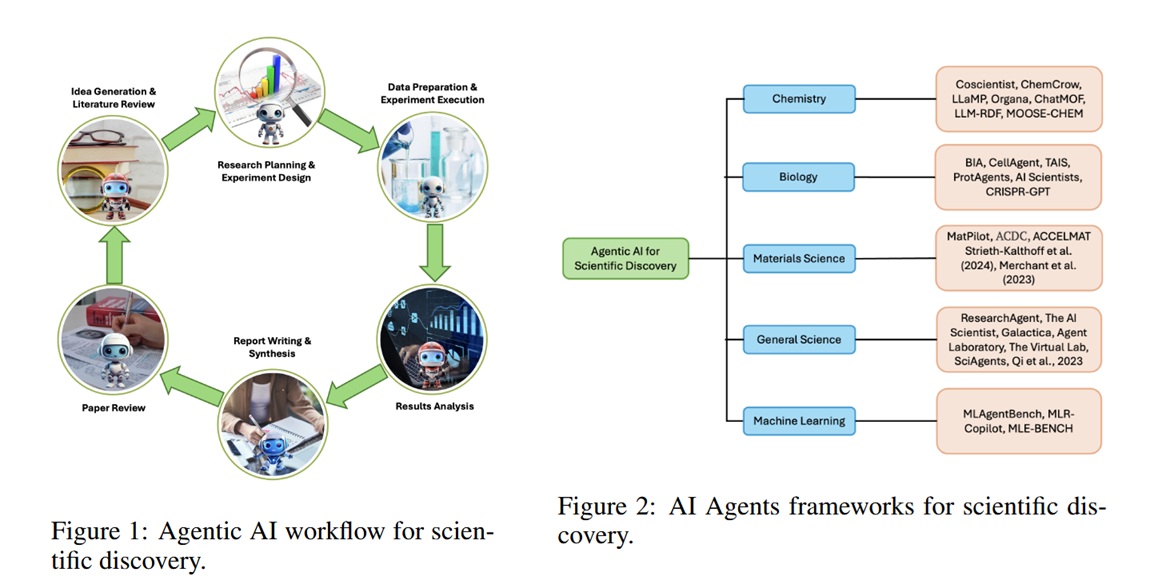The New Frontier in Human Healthspan
A concise, modern overview of how AI accelerates scientific discovery in human life extension — applications, examples, timelines, and challenges.

AI-Driven Scientific Discovery
The field of longevity science is undergoing a rapid transformation, propelled by the convergence of Artificial Intelligence and decentralized science (DeSci). This partnership is proving essential in tackling the "valley of death"—the costly, bureaucratic journey from lab breakthrough to clinical trial.
Agentic AI: The Co-Scientist
By integrating **Agentic AI**—autonomous systems capable of independently generating and validating scientific hypotheses—decentralized platforms are moving beyond just funding to actively *doing* the research. The AI functions as a **co-scientist**, greatly accelerating the pace of discovery.
The Decentralized Imperative (DeSci)
Projects like **Rejuve.AI** are pioneering a decentralized network where users voluntarily contribute their **personal health data**—from wearables to genomics—to train a global AI. This creates massive, diverse datasets necessary to discover new aging biomarkers and develop universally accessible therapies, championing the idea that extended healthspan must be a **universal right, not a privilege**.
Convergence and New Challenges
While the optimism is high, the concept of **Tokenized Intellectual Property** is still early-stage, and the infrastructure must continuously prove its ability to deliver quality, reproducible science. Securing adoption and licensing from traditional pharma also remains a hurdle. Nonetheless, this agentic, decentralized approach offers a crucial **alternative path** for a capital-intensive field like longevity.
A Creator Economy for Science
We are witnessing the emergence of a new creator economy where the creator isn't an artist, but the **scientist**—and the AI that empowers them.








